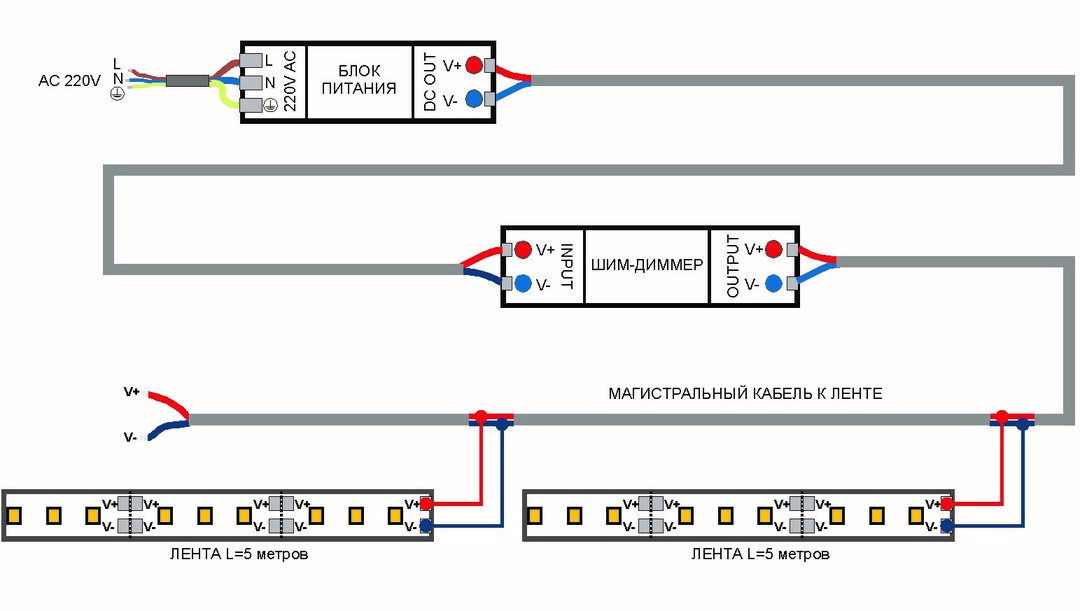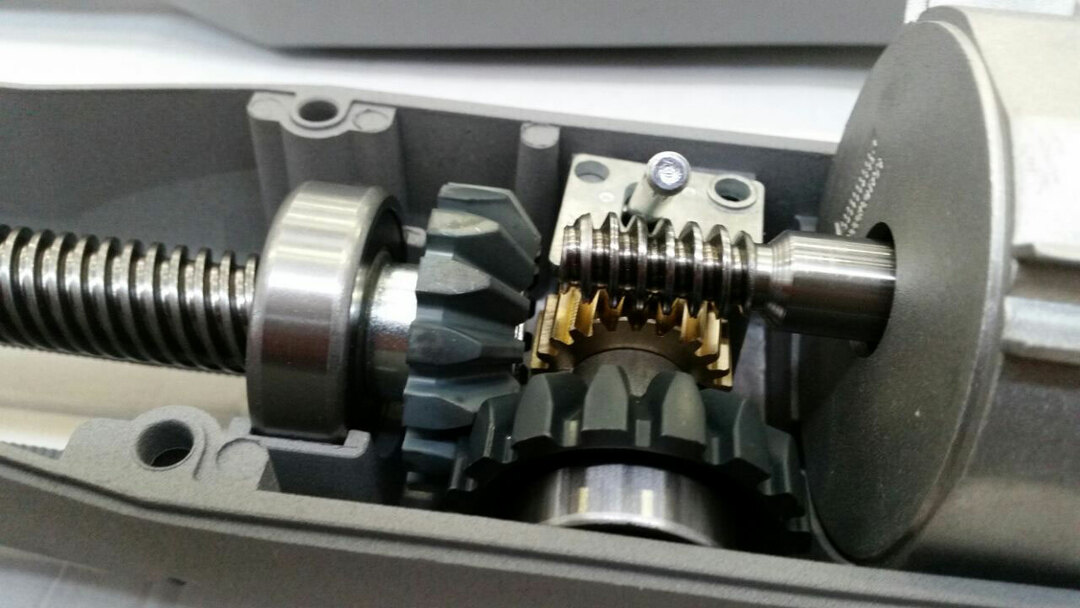First try to find out how the thyristor works. Get an idea of the varieties: triac, dinistor. It is required to correctly evaluate the test result. Below we will tell you how to check the thyristor with a multimeter, we even give a small circuit that helps to execute our plans in a mass order.
Types of thyristors

Thyristor
Thyristor differs from a bipolar transistor by having more pn junctions:
- A typical thyristor pn junctions contains three. The structures with hole, electronic conductivity alternate in the manner of a zebra. You can meet the concept of n-p-n-p thyristor. A control electrode is present or absent. In the latter case, we obtain a dynistor. It works according to the voltage applied between the cathode and the anode: at a certain threshold value it opens, a decline begins, the course of the electrons is cut off. As for thyristors with electrodes, control is performed in either of the two middle pn junctions - the collector side or the emitter. The fundamental difference between the products from the transistor in the immutability mode after the disappearance of the control pulse. The thyristor remains open until the current drops below a fixed level. Commonly referred to as holding current. Allows you to build cost-effective schemes. Explains the popularity of thyristors.
- Triacs differ in the number of p – n junctions; it becomes at least one more. Capable of passing current in both directions.
Beginning of thyristor testing with a multimeter
First, take the electrode position to determine:
- cathode;
- anode;
- control electrode( base).
To open the thyristor key, the cathode of the device is supplied with a minus( black probe of the multimeter), an anchor is connected to the plus( red probe of the multimeter).The tester is set to ohmmeter mode. Open thyristor resistance is low. Stop setting 2000 ohms limit. The time has come to remind you: the thyristor can be controlled( opened) by positive or negative impulses. In the first case, with a thin pin jumper we close the anode to the base, the second - the cathode. Here and there, the thyristor should open, as a result, the resistance will be less than infinity.
The testing process is reduced to understanding how the thyristor is controlled by the voltage. Negative or positive. Try this way and that( if there is no marking).One attempt will work exactly if the thyristor is good.
The process then goes further than checking the transistor. When the control signal disappears, the thyristor will remain open if the current exceeds the hold threshold. The key may close. If the current does not reach the retention threshold.
- The holding current is specified by the technical characteristics of the thyristor. Take the trouble to download full documentation from the Internet, be aware of things.
- Much determines the multimeter. What voltage supplies to the probes( usually 5 volts), how much power will provide. You can check by enlisting a large capacitor. You need to properly connect the probes to the outputs of the device in the mode of measuring resistance, wait until the numbers on the display grow from zero to infinity. Capacitor charging process has passed. Now we will go into the DC voltage measurement mode to see the value of the potential difference on the legs of the capacitor( the multimeter gives in the resistance measurement mode).According to the current-voltage characteristics of the thyristor, it is easy to determine if there are enough values to create a holding current.
Dinistors call easier. Try to open the key. It depends on whether the power of the multimeter is enough to overcome the barrier. For guaranteed testing of the thyristor, it is better to assemble a separate circuit. Like the picture shown. The circuit is formed by the following elements:
- Three resistors will serve to set the thyristor mode. A single 300 ohm limit current. If the parameter needs to be changed, it is extremely difficult to overdo it when there is a +5 volt power supply. It's okay if you remove the resistor. Try to follow the thyristor volt-ampere characteristics. Ideal to put a variable resistor in the range of 100 - 1000 ohms. Two resistors of the right branch set the operating point. In the circuit, 2.5 volts is applied to the control electrode. If not consistent with the thyristor volt-ampere characteristics( see the documentation), change the ratings. Form a resistive divider. Voltage 5 volts divided in proportion to the nominal. Since the resistances are equal to each other, exactly half the supply voltage comes to the control electrode.
- LED will serve as a load. It stands in the "power" branch, near the emitter, collector. Here, after opening the key, current must flow. The LED will turn on, see if the thyristor is working. LED is not infrared. Take the visible range.

Thyristor Test Circuit
- Thyristor forms the center of the circuit. It is better to solder sockets where you can quickly insert a new test sample. Otherwise, it makes no sense to make a fuss. Note that the circuit is assembled for the case when the thyristor is controlled by a voltage of positive polarity. It is better to find a separate power source. For example, battery, PC system unit, battery. The positive pole is joined to the ground of the circuit, the negative is fed to the base. And you have to remove the resistor from the left branch.
- Button will help to know guaranteed: the experiment has begun. Without it, the control voltage is not supplied. It is necessary to press the button, release - you will observe the result. The LED will turn on and off - the holding current is not maintained, the thyristor is good. Sometimes the LED will stay on depending on its characteristics.
Why choose power +5 volts. Voltage is easy to find on the phone adapter( charger).Look closely: there is an inscription like 5V– / 420 mA.Output values of voltage, current( immediately see if the thyristor is enough to hold).Every connoisseur in the know: +5 volts available to take on the USB bus. Now practically any gadget, computer is supplied with a port( in a different format).Avoid eating problems. Just in case, consider the moment in more detail.
Testing thyristors on a multimeter connector for transistors
Many people wonder whether it is possible to ring a thyristor with a multimeter using the standard front panel transistor test socket marked pnp / npn. The answer is yes. You just need to apply the correct voltage. The gain displayed on the display will most likely be incorrect. Therefore, be guided by numbers, avoid. Let's see how something is done. If a thyristor opens with a positive potential, you need to connect to the pin B( base) of the semi-npn. The anode is plugged into the pin C( collector), the cathode - E( emitter).It is hardly possible to check the powerful thyristor with a multimeter, for microelectronics, the technique will fit.
Where to get power to the tester

Position of the electrodes of the multimeter
The phone adapter provides a current of 100 to 500 mA.Often it is not enough( if you need to check the thyristor KU202N with a multimeter, unlocking current 100 mA).Where to get more? Let's see the USB bus: the third version will issue 5 A. Extremely high current for microelectronics, throw doubt on the power characteristics of the interface. Pinout look at the network. Here is a picture indicating the layout of typical USB ports. Two types of interfaces are shown:
- The first USB type A is characteristic of computers. The most common. Find on adapters( chargers) portable players, iPad. Can be used as a power source testing circuit thyristor.
- The second type B is characterized more as an end. Peripheral devices like printers, other office equipment are connected. Find as the source of power is difficult, ignoring the fact of unavailability, the authors checked the layout.
If you cut the USB cable - sure, many will rush to kill the old equipment, tear off the tails of the mice - inside the power cable +5 volt is traditionally red, orange. The information will help to ring the circuit correctly, to get the necessary voltage. Present on the off system unit( plugged into the outlet).That is why the light of the mouse continues to burn. At the time of the test, the computer will be enough to enter into hibernation mode. By the way, is not directly available in Windows 10( to climb on the settings, you will find in the power management).

Layout of USB ports
Ensuring using the circuit, check the thyristor without soldering. The operating point is set relative to the port ground, so external devices will play a small role. Traditionally, the grounding of a personal computer is tied to the case where the input harmonic filter wire goes. Circuit +5 volts, ground untied from the bus. It is enough to disconnect the tested circuit from the power supply. To check the thyristor you will need to solder the antennae on each output. To supply power, control signal.
Many, crawl on a chair, not understanding one thing: here we tell how to ring the thyristor with a multimeter, and here the LED plus all the bells and whistles? The place of the LED can be - even better - turn on the test leads of the tester, register the current. It is possible to use a small supply voltage, it is always safer at the same time. As for the personal computer, it gives ample opportunity to test any elements, including thyristors. The power supply unit of the system unit gives a set of voltages:
- +5 V goes to the coolers, many other systems. Actually standard supply voltage. Voltage wires are red.
- Voltage +12 volts is used to power many consumers. Yellow wire( not to be confused with orange).
- - 12 volts left to ensure compatibility with RS.Good old COM-port, through which adapters of industrial systems are being programmed today. Some uninterruptible power supplies. The wire is usually blue.
- The orange wire usually carries a voltage of +3.3 V.
You see, the spread is great, the main thing is the current. The power supply of computers varies in the region of 1 kW.Open any thyristor! It's time to finish. Hopefully, readers now know how a thyristor dials with a multimeter. Sometimes you have to tinker. The above-mentioned thyristor KU202N is equipped with a pnpn structure, non-locking. After the disappearance of the control voltage, the key does not close. You need to remove the power to turn off the LED.Positive unlocking voltage. Fits a pattern. The only holding current is 300 mA.The case when not any phone charger is suitable for an experiment.


